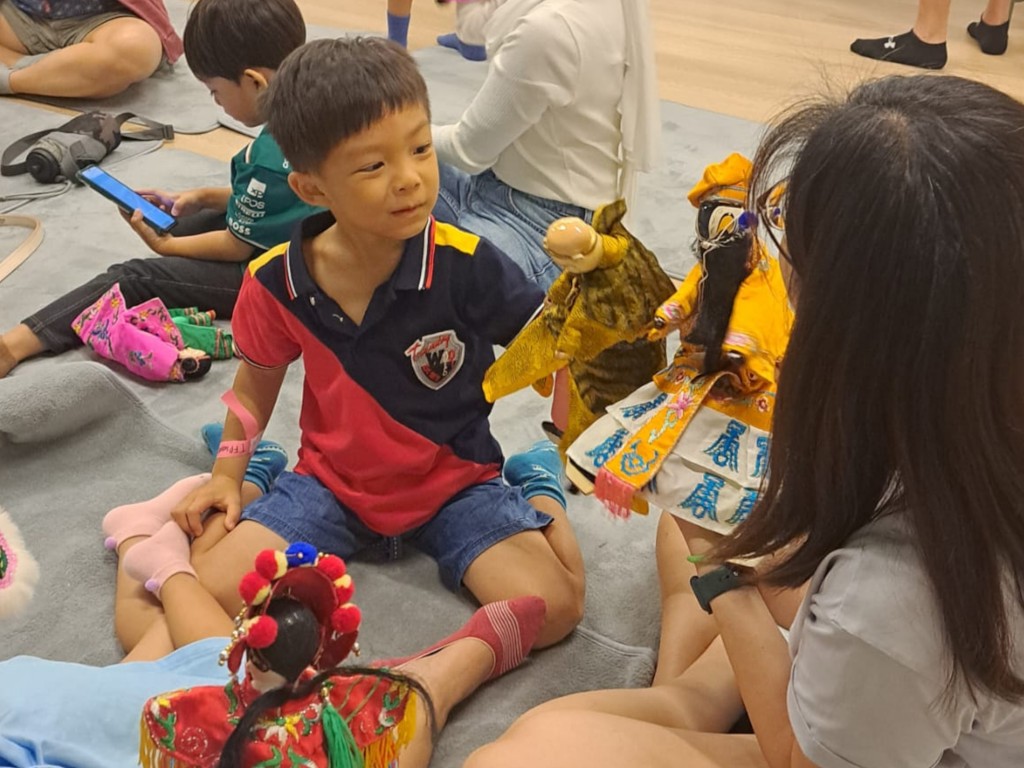SingaporeMotherhood | Parenting
February 2025
Building Bridges: The Key to Thriving Parent-Teacher Partnerships & Primary One Transition
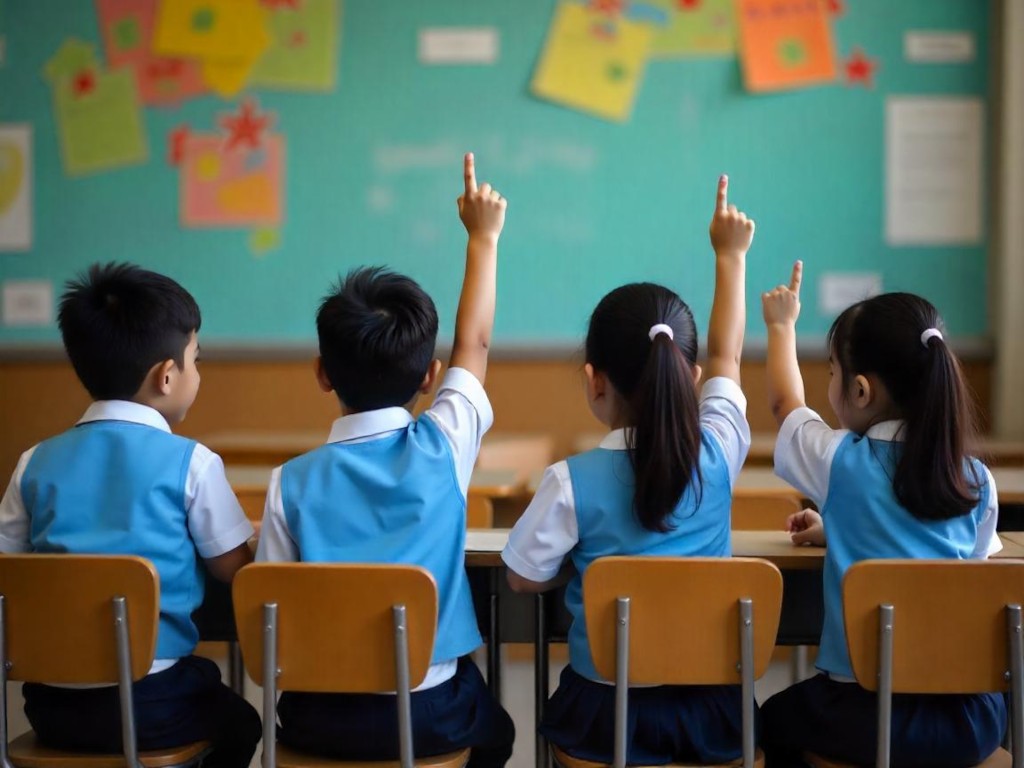
As both a parent and an educator, I’ve seen firsthand how much smoother the Primary One transition can be when parents and teachers work hand in hand. Watching my kids take their first steps into primary school made me realise just how important it is to have that open line of communication and mutual support. And now, post-pandemic, it feels even more crucial than ever.
Regular chats with teachers — whether through quick messages or face-to-face meetings — truly make a world of difference. These conversations not only help my kids stay motivated but also allow me to better understand what they need, both academically and emotionally. It really does take a team effort!
Looking back, I believe a solid parent-teacher partnership comes down to three key things: communication, trust, and empathy.
Communication: Keeping the Conversation Going
For me, staying in touch with my kids’ teachers is always a top priority. This was true even though my children have attended different schools with different teaching styles. Keeping the conversation going helps us stay on the same page. Especially when it comes to the Primary One transition.
I remember how reassuring it was when my son’s teacher updated me about his struggles adjusting to the classroom routine. At the start of his Primary One year, my son struggled to wake up early. But since he was never late for school, I assumed he was coping well. However, a few weeks in, his teacher reached out to inform me that he had been napping upon arrival. They had to wake him up just before the flag-raising ceremony.

I was surprised, but more importantly, grateful for his teacher’s understanding and reassurance that this is a common transition challenge for some Primary One students. After that, I adjusted his bedtime routine. Over time, his teacher updated that he no longer needed to nap at school.
Instead of feeling like I was in the dark, I knew exactly how to support him at home because of the communication that took place. Whether it’s through parent-teacher meetings, a quick email, or a class WhatsApp group, having open and honest communication makes all the difference.
(See also: Is My Kid Really ‘Old Enough’ to Take Public Transport in Primary One?)
Trust: Building It Step by Step
Trust doesn’t happen overnight — it takes time and positive experiences. When my oldest started Primary One, I was constantly worried about whether he was settling in well. During his kindergarten years, he was quite a shy boy who observed more than engaged with his peers. He was also the child who would trail behind others when lining up.
Hence, when his teacher reached out with updates on how he was enthusiastic in class and warm towards classmates, I was pleasantly surprised. Although she also addressed how my son needed to work on speeding up on his tasks and routines. Her warm yet objective sharing put me at ease and helped me to trust that she had his best interest at heart.
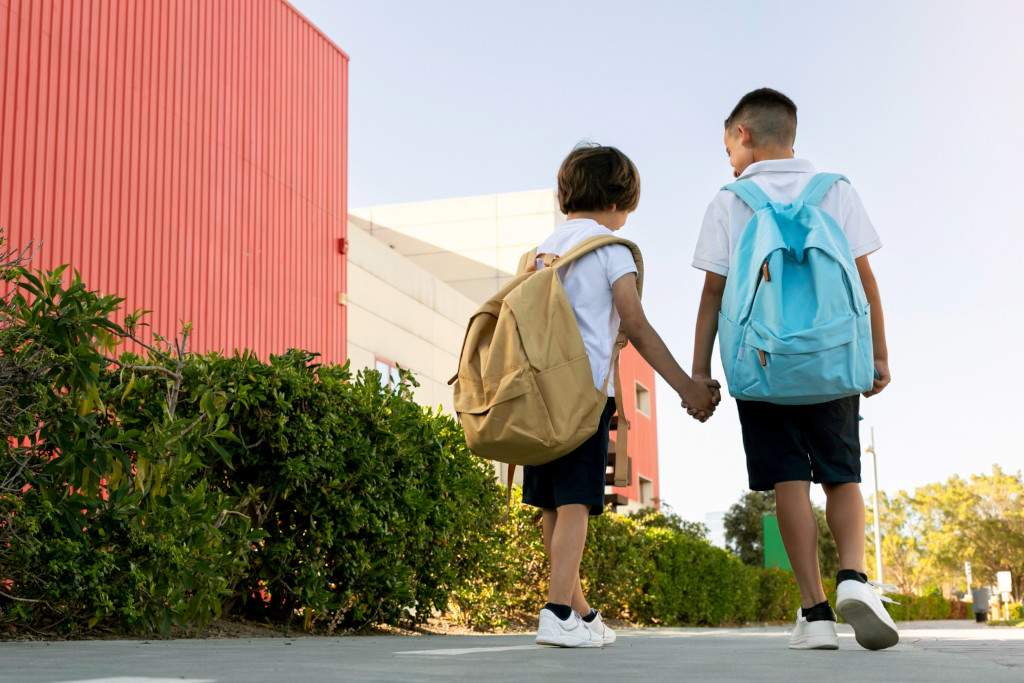
With my second son, we were more mindful to check in with him during his Primary One transition. He was coping well with his work and seemed happy going to school apart from the occasional morning fatigue. So it came as a surprise when his teacher subtly asked if everything was fine at home during the Parent Teacher Conference in May.
After seeing our puzzled looks and hearing how he was his usual cheerful self at home, she went on to explain. Apparently, she and the other teachers had never seen my son smile before in the five months in school! They observed how my son looked very serious and only seemed to speak to the person seated next to him.
(See also: Theory of Mind – How It Helps Improve Your Child’s Friendships and Quality of Life)
Through our discussion, I appreciated how she was worried about my son’s well-being and emotional state. When my son heard about how concerned his teacher was for him, he smiled. I could tell that he felt cared for.
Over time, his teacher shared little updates — like how he was slowly coming out of his shell and making friends. We were glad to hear of the progress our son was making as he adjusted in school. These moments, where teachers show they truly care beyond just grades, really build that sense of trust. It made it easier for me to reach out when challenges popped up, knowing we were both on the same side.
Empathy: Seeing Things from Each Other’s Perspective
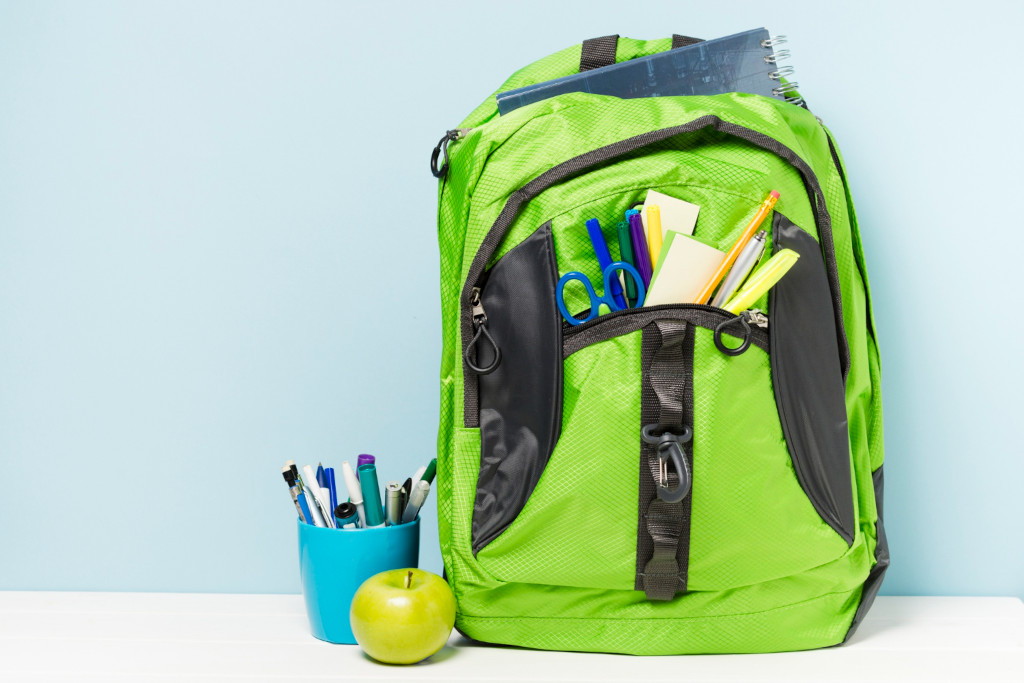
There were days when I completely forgot about class assignments or packed the wrong items for school. But instead of feeling judged, I was met with understanding from the teachers. This, in turn, reminded me to show empathy to them too. Teachers juggle so much, and being patient goes a long way.
I try to model this for my kids as well, encouraging them to understand their teachers’ perspectives and appreciate their efforts.
Challenges can crop up when we, as parents, see teachers as service providers rather than partners. As Education Minister Chan Chun Sing pointed out in a podcast, having a transactional mindset can create frustration — expecting immediate results without understanding the learning journey.
I learned this the hard way when I found myself anxiously asking for instant updates on my son’s progress. Along the way, I realised that growth takes time.
(See also: 10 Things Teachers Would like All Parents to Know)
Navigating Post-Pandemic Challenges
One of the biggest surprises for me was how the pandemic affected my kids’ readiness for school. My third, who just started Primary One this year, had limited opportunities for social interaction compared to my older children. I noticed he struggled more with speaking clearly, being understood by his peers, and following structured routines.
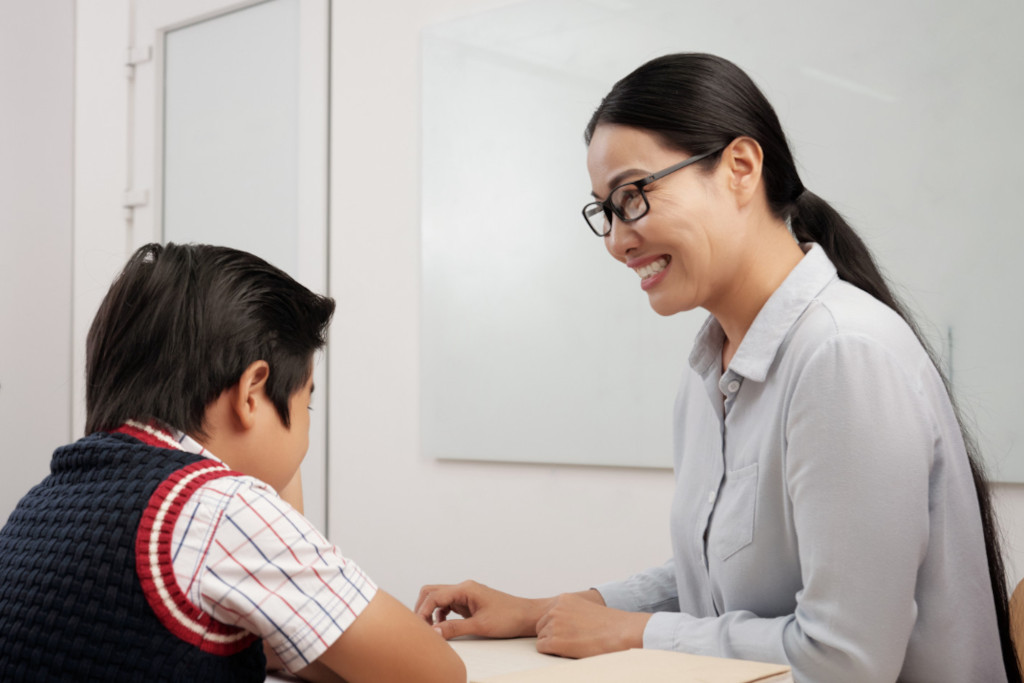
After a few months of observing his challenges, I decided to get him some extra support through a speech therapist. And it made a world of difference to his Primary One transition. He’s now much more comfortable expressing himself and participating in group activities.
Studies show that children who experience prolonged remote learning often face developmental gaps in areas like social skills and emotional regulation. From personal experience, I’ve found that simple steps can really help bridge these gaps. For example, try establishing consistent routines at home and creating more opportunities for everyday conversations.
(See also: Navigating the Transition Post-PSLE to Secondary School: 5 Key Strategies for Parents)
Looking Out for Signs
As parents, it’s important to stay attuned to changes in our children’s behaviour. Things like trouble sleeping, a sudden reluctance to go to school, or being more emotional than usual could be signs that they need extra support. In any case, it is always good to raise the concerns with your child’s teacher. Also, have open discussions at home and find ways to help your child feel more included.
The Primary One journey is a big milestone, not just for our kids, but for us as parents too. By working together with teachers and staying patient, we can make this transition a positive and enriching experience for everyone involved.
As I gear up for my youngest to start school in 2025, I’m hopeful and excited for all that lies ahead. Wishing all parents the very best as we navigate this journey together.
This article is contributed by Lily Chew, founder of Lil’ but Mighty.
Lily has been dedicated to helping primary and secondary students strengthen their English skills since 2015. As a mother of four boys aged one to 10, she experiences the joys and challenges of parenthood firsthand — learning from their struggles, celebrating their milestones, and striving to be both their best teacher and biggest cheerleader. Lily’s passion for teaching and her commitment to nurturing young minds continue to shape her journey as an educator and mother.
All content from this article, including images, cannot be reproduced without credits or written permission from SingaporeMotherhood.
Follow us on Facebook, Instagram, and Telegram for the latest article and promotion updates.




